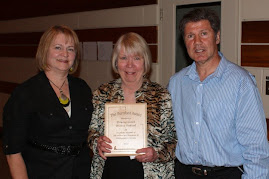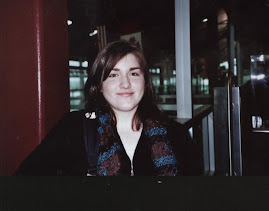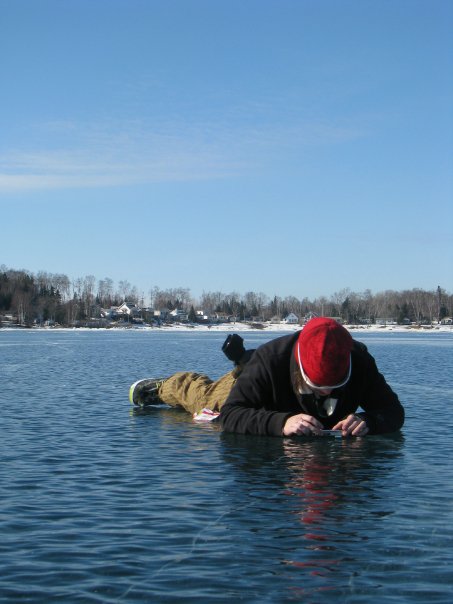[U]nder the scarred trees in the half-bombed gardens of the Villa San Girolamo…” Who wouldn’t want to be there?
Friday, September 1, 2017
Margie Taylor Reviews The English Patient by Michael Ondaatje
Margie Taylor, Queen of Reviewers, vowed to read a book a week and write a review. Here is the review for week twelve. Of The English Patient, she writes: Twenty-one years after seeing the movie, I am finally reading the book!
[U]nder the scarred trees in the half-bombed gardens of the Villa San Girolamo…” Who wouldn’t want to be there?
[U]nder the scarred trees in the half-bombed gardens of the Villa San Girolamo…” Who wouldn’t want to be there?
The place is Tuscany, in a
hill town north of Florence…the second European war is drawing to a close. A
pilot, burned beyond recognition, lies in an upstairs bedroom in an abandoned
villa, tended only by a young woman, a French-Canadian nurse named Hana. She is
shell-shocked, reverberating from her experiences caring for the wounded and
the dead. And he is more ghost than human…his face is unrecognizable, he has
forgotten his name. He is simply, to all intents and purposes, the English
patient.
While he lies in bed, bandaged,
unmoving, Hana reads to him from the books she finds in the villa’s library
– Kim, The Charterhouse of Parma, the Annals of
Tacitus…a modern-day Scheherazade telling stories to the Persian king. Although
it is not her own death she’s attempting to defer but his.
Yes, yes, you say, I know all
this. I saw the movie. A love story, right? Well, yes and no. If I had to
summarize The English Patient in a word or two, I might call it an
extended love poem. “I have spent weeks in the desert, forgetting to look at
the moon, he says, as a married man may spend days never looking into the face
of his wife.” This, to me, is poetry.
So there is love. But the
love story is multifarious and fragmented. The man in the upstairs bedroom is
not English at all but Hungarian: he is Lászlo de Almásy, a
Hungarian Count and desert explorer, and he did exist, although his character
here is fictional. And his love affair with a young married woman – a liaison
that ended tragically in a cave in the Libyan desert – follows the most
conventional arc, which is why they made it into a movie.
Hana and Almásy are joined by
two others – a young Sikh sapper whose job it is to trek across the war-ravaged
country defusing the thousands of land mines planted by the retreating German
army, and an Italian-Canadian working as an operative for the Intelligence
Corps. The sapper is Kirpal Singh, whose nickname is Kip; the operative is
David Caravaggio, who shares his name and temperament with a 16th Century
painter who had a reputation for being violent, touchy, and provocative. This,
I think, is not a coincidence.
Caravaggio, whose thumbs were
severed by the Italians in Florence, was a friend of Hana’s father, and knew
her as a child. He loved her then, like a father. Or an uncle. Now, seeing her
as a young woman, he begins to love her in a different way, but is mindful
enough of his own psychological and physical scars to keep this to himself.
Instead he focuses on getting the patient, with whom he shares an addiction to
morphine, to tell his story. Because he knows, or thinks he knows, who the
English patient really is.
Hana and the Sikh fall in
love, and conduct their silent affair in a tent overlooking the villa. But Hana
is also somewhat in love with Almásy, whom she sees as a kind of saint.
She says as much to Caravaggio, who is trying to make her see she’s tied
herself to a dead man – or one who soon will be:
“Why do you love him so
much?”
“I love him.”
“You don’t love him, you
adore him.”
“Go away, Carvaggio. Please.”
“You’ve tied yourself to a
corpse for some reason.”
“He is a saint. I think. A
despairing saint. Are there such things? Our desire is to protect them.”
This is a book peopled by
saints, from the biblical figures on the ceiling of the Sistine Chapel to the
frescoes of Piero della Francesca in the church at Arezzo. And like the painted
martyrs depicted by those medieval artists, Ondaatje’s saints are all too
human. The English patient is a spy; Caraveggio is a former thief; Hana
is haunted by images of the child she chose to abort. We are all divided
creatures – we are saint or sinner depending on time, circumstance, and
opportunity.
The climax of the narrative
occurs in August of 1945: the atomic bombing of Hiroshima and Nagasaki. Kip,
who sees himself as representative of all of Asia, is devastated. He trusted
the West, spent the last few years risking his life for the Allied cause,
believed the Europeans to be better than they were. All that trust – all that
loyalty and respect and yes, love, for his superiors – betrayed not once, but
twice. Seeing the West clearly for the first time – the sheer naked colonialism
disguised by good manners and a properly knotted tie – he can no longer be part
of this group. He will no longer be their sentinel.
His head filled with images
of death and destruction, Kip sets off on his motorbike, leaving behind Almásy,
Hana, Caravaggio, and the “meadows of civilization he had tended”. He travels
south, riding deeper into the thick rain, retracing the route he had taken to
the Villa San Girolamo, and the words of the prophet Isaiah, spoken to him by
the burned man – the sinner-saint he had once loved – come back to haunt him:
“Behold,
the Lord will carry thee away with a mighty captivity, and will surely
cover thee. He will surely violently turn and toss thee like a ball
into a large country”.
Subscribe to:
Post Comments (Atom)










































































































































































































































































No comments:
Post a Comment